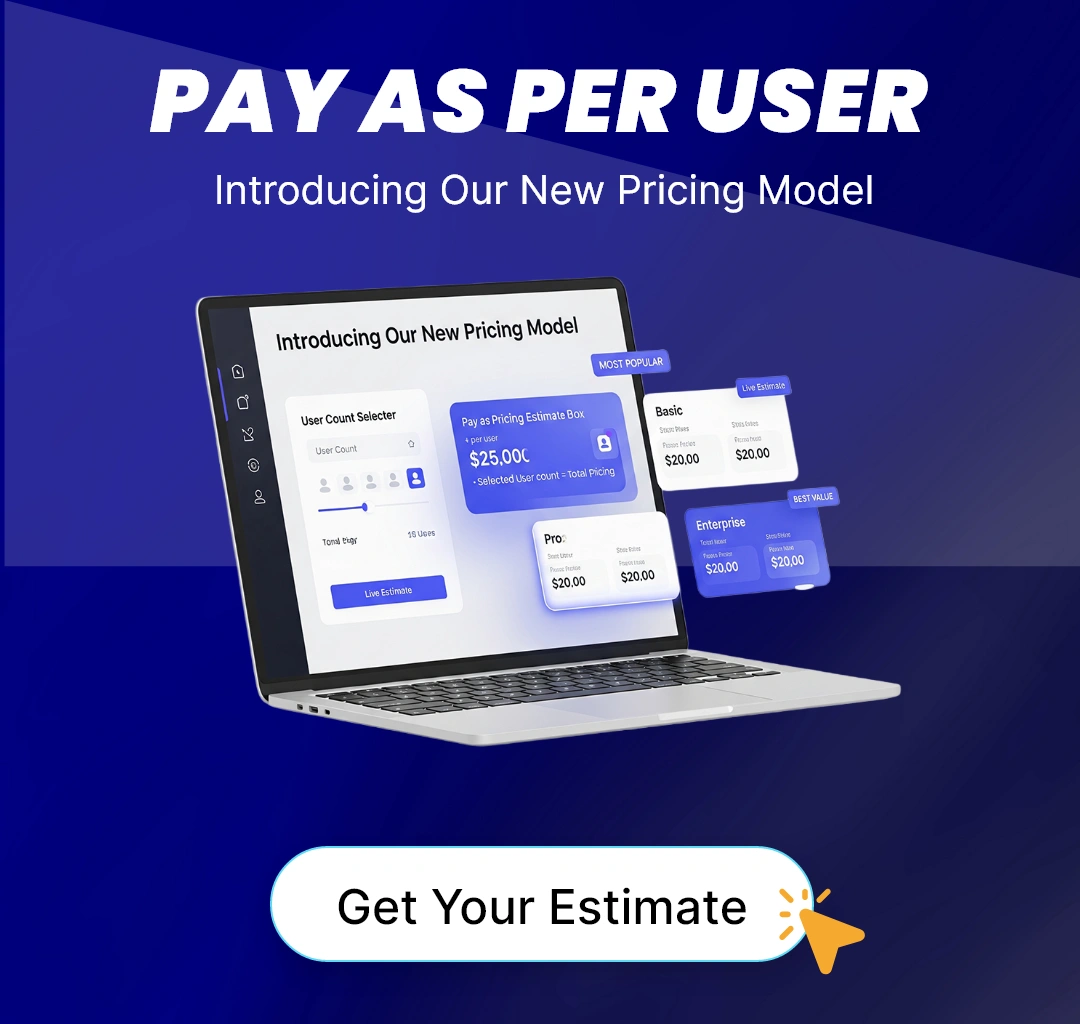Choosing between On-premise LMS and SaaS LMS is a critical decision for businesses aiming to streamline their training and development programs. Both options come with distinct advantages and challenges. In this blog, we will compare the security, cost, and control aspects of these two LMS options, helping you make an informed decision on which platform is best suited for your enterprise.
What is an On-premise LMS?
An On-premise LMS is a learning management system hosted within an organization’s internal infrastructure. It is managed and maintained by the company’s IT team, offering complete control over data, security, and customizations. The system is installed on local servers, requiring significant upfront costs for hardware, software, and ongoing maintenance.
What is a SaaS LMS?
A SaaS LMS (Software as a Service Learning Management System) is a cloud-based platform provided and hosted by a third-party vendor. It is accessed via the internet on a subscription basis. SaaS LMS solutions are highly scalable, with most providers offering ready-to-use, feature-rich platforms. These platforms are maintained by the provider, including updates, security patches, and hosting.
On-premise LMS vs SaaS LMS: Key Differences
When deciding between On-premise LMS and SaaS LMS, there are several key factors to consider. We will break down the major differences in terms of security, cost, and control.
1. Security
On-premise LMS gives organizations complete control over their data security. Since the system is hosted within the organization’s infrastructure, there is no dependency on a third-party vendor for data management. This is particularly appealing for businesses in regulated industries that require strict data privacy and security standards. Companies can implement custom security measures to meet their needs, which is an advantage for those who have dedicated IT resources.
However, with SaaS LMS platforms, data is hosted on the provider’s servers. While leading SaaS LMS providers invest heavily in security measures such as encryption, regular audits, and compliance with international standards (e.g., GDPR, HIPAA), some organizations may feel more secure with their own data control. In contrast, a Hosted LMS (part of the SaaS category) generally offers security managed by a third party, requiring businesses to trust the vendor’s security practices.
2. Cost
The cost of an On-premise LMS is generally higher upfront due to the need for hardware infrastructure, software licenses, and installation fees. Additionally, businesses are responsible for ongoing maintenance, updates, and support costs, which can add up over time. The total cost of ownership tends to be higher, especially for organizations that need to scale or customize the system further.
SaaS LMS platforms, on the other hand, typically operate on a subscription model. This makes it more affordable initially as there are no large upfront investments required. The subscription often includes hosting, maintenance, updates, and security. SaaS LMS platforms are particularly attractive to businesses that need to scale quickly or prefer a predictable, lower-cost model. However, over time, the recurring subscription fees can accumulate, particularly for large enterprises with many users.
3. Control
On-premise LMS provides the highest level of control over the system. Organizations have full control over customization, updates, and integrations with other internal tools. This is ideal for businesses that need a highly tailored solution or have specific internal processes and policies. However, with this control comes the responsibility of managing and maintaining the system, which can be resource-intensive.
In contrast, a SaaS LMS offers less control, as the platform is managed by the vendor. Customizations may be limited to what the provider allows, and updates are often rolled out automatically. However, SaaS LMS platforms typically offer easy integration with other software and platforms, as well as continuous updates and enhancements without requiring internal resources.
4. Scalability
SaaS LMS platforms are inherently more scalable than On-premise LMS systems. SaaS solutions are hosted in the cloud, meaning that additional capacity can be added as needed without significant hardware upgrades. Whether you need to onboard more users, integrate additional features, or expand to new locations, SaaS platforms can scale quickly and efficiently.
On the other hand, scaling an On-premise LMS involves significant investment in hardware, additional IT resources, and sometimes complex configuration changes. This makes scaling an On-premise system more expensive and time-consuming, especially for businesses experiencing rapid growth.
When to Choose an On-premise LMS
On-premise LMS may be the right choice for businesses that require full control over their learning environment, including security, customization, and integration. It is ideal for:
- Large enterprises with dedicated IT teams
- Organizations in regulated industries that need to comply with strict data privacy regulations
- Businesses with specific customization requirements
- Companies with sufficient resources to manage infrastructure and system updates
When to Choose a SaaS LMS
SaaS LMS solutions are a great fit for organizations looking for a cost-effective, scalable solution with minimal internal maintenance. SaaS LMS is ideal for:
- Small to medium-sized businesses with limited IT resources
- Companies that need a flexible and easy-to-use system
- Businesses looking for rapid deployment and continuous updates without managing infrastructure
- Enterprises seeking a scalable solution that can grow with the business
LMS Pros and Cons: On-premise vs SaaS
When deciding between On-premise LMS and SaaS LMS, here are the key pros and cons:
- On-premise LMS Pros: Complete control, high customization, secure data handling
- On-premise LMS Cons: High upfront costs, ongoing maintenance, complex scaling
- SaaS LMS Pros: Lower initial costs, scalable, minimal IT resources required
- SaaS LMS Cons: Less control, data privacy concerns, ongoing subscription costs
Conclusion: Which LMS is Right for Your Business?
Choosing between an On-premise LMS and a SaaS LMS depends on your business’s needs, size, budget, and security requirements. If you need complete control, customization, and a more secure data environment, an On-premise LMS may be the right choice. However, if scalability, cost-effectiveness, and ease of maintenance are more important, a SaaS LMS may offer the flexibility and convenience you need. Carefully weigh the pros and cons, and select the LMS that best aligns with your business goals.
FAQs
1. What is the difference between On-premise LMS and SaaS LMS?
On-premise LMS is hosted internally by the organization, giving it complete control over the system, while SaaS LMS is a cloud-based solution provided by a third-party vendor on a subscription basis.
2. Which LMS offers more control: On-premise or SaaS?
On-premise LMS offers more control over customization, data security, and integrations compared to SaaS LMS, which is managed by the vendor.
3. Is SaaS LMS more scalable than On-premise LMS?
Yes, SaaS LMS is more scalable, as it is cloud-based and can be easily expanded without significant infrastructure changes, while On-premise LMS requires additional hardware and IT resources to scale.
4. Which LMS is better for enterprise-level businesses?
For enterprise-level businesses, the choice between On-premise LMS and SaaS LMS depends on security, customization, and scalability needs. Large enterprises with dedicated IT resources and strict security requirements may prefer an On-premise LMS, while SaaS solutions are more suited for scalable and cost-effective options.

















